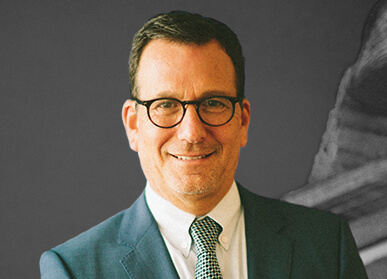Robosigning Exposed in HUD Audits
Thu Mar 15, 2012 by Oppenheim Law on Florida Law News
Well what do you know.
Earlier this week I blogged about the mortgage settlement documents and their stunning lack of detail on the frauds committed by the banks during the days of robosigning.
I was frustrated because it seems like the complete recklessness of the banks was being whitewashed in order for the settlement to go through.
Turns out I was just looking in the wrong place.
Just as the Department of Justice announced that the mortgage settlement had been filed in court, Housing and Urban Development released the results of a series of stinging audits, one for each lender in the settlement.
It was HUD’s investigation that helped lead to the settlement in the first place.
The settlement is hundreds and hundreds of pages. Most of the audits were around 10 pages long. Yet there is more harsh truth about how far the banks went to rob people of their homes in those select pages than in the entire settlement.
So what’s in these audits that is so damning?
Facts. Numbers. Witness Statements. And just how far the banks went keep the lid on how pervasive robosigning was
In other words, plenty to make your skin crawl. There’s no whitewashing here.
In Bank of America’s case, their attorneys interfered with HUD’s investigation, refusing to allow some of their employees to answer questions, sometimes stopping them mid-sentence.
Ally Financial’s attorneys made 18 current employees plead the fifth and blocked them from talking to investigators.
But ultimately HUD uncovered how pervasive robosigning was at all five of these institutions.
Among the facts they discovered:
- At Wells Fargo, a person hired to be one of their vice presidents of loan documentation (AKA an affidavit signer) had worked as a pizzeria right before starting at Wells Fargo. Another was a daycare worker. Many admitted their education stopped after high school.
- Wells Fargo’s signers admitted to signing up to 600 documents a day. They were given paperwork at 9 am, and it had to be finished by noon.
- At JP Morgan Chase, supervisors signed their affidavits under false titles, which they admitted were given to them solely so they could sign mortgage documents.
- HUD reviewed 36 foreclosures cases at Chase. In all but 4, they couldn’t verify the amount of the borrowers debt.
- At Ally Financial one foreclosure team leader admitted he did not sign documents in front of a notary and would deliver them to the notary to sign all at once.
- One Bank of America manager admitted that she didn’t verify any information contained in the files, that she simply ‘looked at a document, looked at the investor, and signed it’.
If you had thought that robosigning was simply an oversight by the banks, there is simply no way you could come away with the same conclusion after reviewing HUD’s investigation.
Many of the details I read weren’t new to me or my clients, but none the less it’s about time they were put on public display.
The banks may have paid a few billion dollars to try to put their robosigning days to bed, but I urge you to closely examine these documents.
You’ll come away with a thorough understanding of what robosigning was and why I’ve fought so hard the last few years to expose it.



[…] You and I, of course, know different. […]